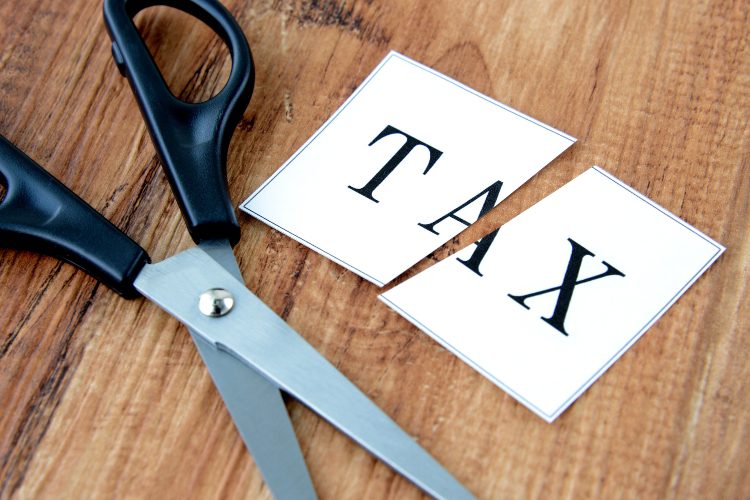
Inflation has got us all keeping our financial safety pillows in check, as well as rummaging through the savings accounts to inspect annual returns. Yet, tax breaks are coming to the rescue of the American paychecks – they might just make the incoming balance bigger.
What’s The Benefit Of Tax Breaks?

Although inflation is already getting on the nerves of many Americans, the latest modification of tax breaks should become the best counterattack, bringing bigger income to taxpayers in 2023. As announced by the Internal Revenue Service, this and other adjustments will be made to the processes next year. That said, 2023 wages might be subject to lower tax rates than in 2022, and more amounts of income may be deducted. “It is very likely that you would see more in your paycheck starting in January [due to the IRS inflation adjustments, which] tend to result in lower withholding for a given level of income,” said Mark Luscombe, principal federal tax analyst for Wolters Kluwer Tax & Accounting.
That said, don’t go rushing to apply the new rules to your current tax returns. The incoming tax breaks won’t be active until 2023, meaning they do not apply to the 2022 tax return to be filed in April next year. What about the general tax brackets? Currently, there are seven federal income tax rates for earned income: 10%, 12%, 22%, 24%, 32%, 35%, and 37%. Each range of income for every one of those rate percentages is what’s called a tax bracket. When the amount grows, the rate goes with it. So, the maximum rate got adjusted by the IRS inflation rules, increasing the amount by 7% in each tax bracket.
New Deduction Rules And More

So, how exactly will the tax breaks change the rate for the tax filers? In 2023, 10% will apply to the first $11,000 of income for single filers and $22,000 for married couples filing jointly. 12% applies to income over $11,000 and $22,000; 22% applies to income over $44,725 and $89,450; 24% applies to sums over $95,375 and $190,750; 32% applies to incomes over $182,100 and $364,200; and 37% applies to incomes over $578,125 and $693,750, respectfully. Now, to the standard deduction. American residents, who don’t itemize deductions, can subtract from their adjustable gross income before federal income tax is applied. That rule usually applies to most tax filers. That deduction will grow up to $13,850 for single people and by $1,800 to $27,700 for married couples filing jointly.
Apart from tax breaks, the Internal Revenue Service has also revealed more adjustments. That includes the Healthcare Flexible Spending Account contribution limits. In 2023, Americans will be able to contribute up to $3,050 to a flexible spending account. Those can be used for healthcare costs that are not under health insurance. Also, that money is deductible. Low-income workers will also be able to keep more of their paycheck amount than before. Unfortunately, they’ll only get their pay after filing their 2023 taxes in 2024.
The EITC can earn the low-income taxpayer with three or more qualifying children up to $7,430 in 2023. Previously, it was $6,935.
